beans for the south
Cindy_gardener
19 years ago
Related Stories

SUMMER FRUITS AND VEGETABLESSummer Crops: How to Grow Beans
Grow your own beans for amazing variety and healthy, convenient produce all summer
Full Story
GARDENING GUIDES10 Easy Edibles for First-Time Gardeners
Focus on these beginner-friendly vegetables, herbs, beans and salad greens to start a home farm with little fuss
Full Story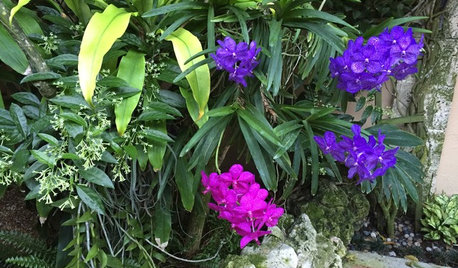
INSPIRING GARDENSThe Garden That Orchids Built
The owners of a famous orchid nursery create a sanctuary for themselves in South Florida
Full Story
HOUZZ TOURSHouzz Tour: From Overgrown Weeds to Picturesque Farmhouse Expanse
This once-neglected 100-acre South Carolina site now features a lake, a wood-filled farmhouse and a far-reaching view
Full Story
GARDENING GUIDESEssential Watering Tips for Your Edible Garden
To give your edible plants just what they need, check out these guidelines for how, when and how much to water
Full Story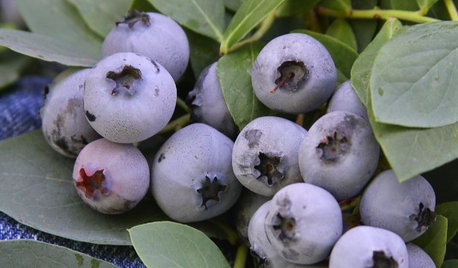
GARDENING GUIDES15 Favorites for Your Summer Edible Garden
Get your summer garden off to a good start with these popular fruits and vegetables
Full Story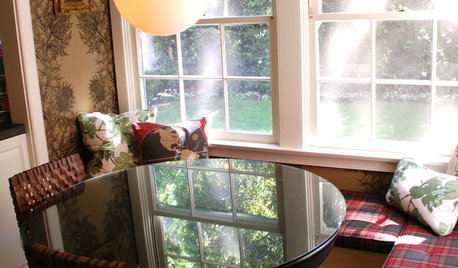
DECORATING GUIDESSo Your Style Is: Preppy
Tennis anyone? Even if you've never picked up a racquet, you can join the All-American prep club with these style secrets
Full Story
DECORATING GUIDESYour Décor: Put a Monogram on It
15 ways to leave your initials around the house
Full Story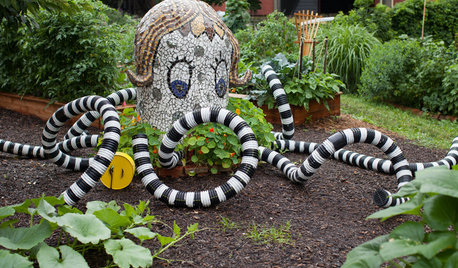
COMMUNITYArt, Edibles and Community Make Magic in a Pittsburgh Garden
With a name like Friendship, is it any wonder this neighborhood created such an enchanting community garden?
Full Story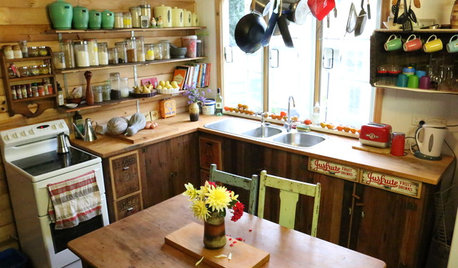
RUSTIC STYLEA Quirky Country Kitchen With a Story to Tell
Creative thinking goes a long way in this kitchen packed with love for family and old treasures
Full Story






paul_va
gardenlad
Cindy_gardenerOriginal Author
gardenlad
fusion_power
Cindy_gardenerOriginal Author
gardenlad
SBRanger
gardenlad
SBRanger
gardenlad
SBRanger
donna_in_tn
paul_va
gardenlad